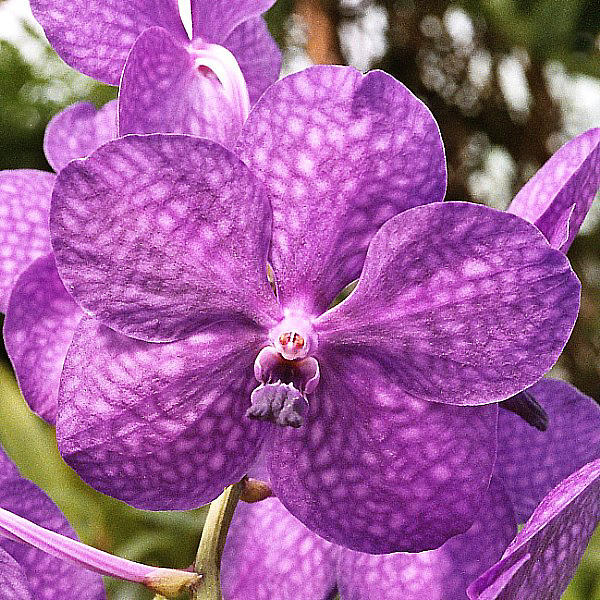Ă— Ascocenda on:
[Wikipedia]
[Google]
[Amazon]
 Ă— ''Ascocenda'', abbreviated as Ascda in the horticultural trade, was a man-made
Ă— ''Ascocenda'', abbreviated as Ascda in the horticultural trade, was a man-made
 Ă— ''Ascocenda'', abbreviated as Ascda in the horticultural trade, was a man-made
Ă— ''Ascocenda'', abbreviated as Ascda in the horticultural trade, was a man-made hybrid
Hybrid may refer to:
Science
* Hybrid (biology), an offspring resulting from cross-breeding
** Hybrid grape, grape varieties produced by cross-breeding two ''Vitis'' species
** Hybridity, the property of a hybrid plant which is a union of two dif ...
orchid
Orchids are plants that belong to the family Orchidaceae (), a diverse and widespread group of flowering plants with blooms that are often colourful and fragrant.
Along with the Asteraceae, they are one of the two largest families of flowering ...
genus
Genus ( plural genera ) is a taxonomic rank used in the biological classification of extant taxon, living and fossil organisms as well as Virus classification#ICTV classification, viruses. In the hierarchy of biological classification, genus com ...
resulting from a cross between the former genus ''Ascocentrum
''Vanda'', abbreviated in the horticultural trade as ''V.,'' is a genus in the orchid family, Orchidaceae. There are about 87 species, and the genus is commonly cultivated for the marketplace. This genus and its allies are considered to be among ...
'' and ''Vanda
''Vanda'', abbreviated in the horticultural trade as ''V.,'' is a genus in the orchid family, Orchidaceae. There are about 87 species, and the genus is commonly cultivated for the marketplace. This genus and its allies are considered to be among ...
'' (Asctm Ă— V). It was first described in Orchid Rev. 57: 172 (1949). ''Ascocentrum'' is now synonymous with ''Vanda'', so the name is obsolete. Hybrids in the nothogenus
In botanical nomenclature, a Hybrid (biology), hybrid may be given a hybrid name, which is a special kind of botanical name, but there is no requirement that a hybrid name should be created for plants that are believed to be of hybrid origin. The ' ...
Ă— ''Ascocenda'' are now properly termed ''Vanda''.
Ă— ''Ascocenda'' hybrids are common in cultivation with numerous cultivar
A cultivar is a type of cultivated plant that people have selected for desired traits and when propagated retain those traits. Methods used to propagate cultivars include: division, root and stem cuttings, offsets, grafting, tissue culture, ...
s and often combine the large flower size of the ''Vanda'' parents with the color and compactness of the ''Ascocentrum'' parents.
They are evergreen compact epiphyte
An epiphyte is an organism that grows on the surface of a plant and derives its moisture and nutrients from the air, rain, water (in marine environments) or from debris accumulating around it. The plants on which epiphytes grow are called phoroph ...
s with upright, narrow, oviform leaves
A leaf (plural, : leaves) is any of the principal appendages of a vascular plant plant stem, stem, usually borne laterally aboveground and specialized for photosynthesis. Leaves are collectively called foliage, as in "autumn foliage", wh ...
. The inflorescence is an axillary cluster with 6 to 8 open flower
A flower, sometimes known as a bloom or blossom, is the reproductive structure found in flowering plants (plants of the division Angiospermae). The biological function of a flower is to facilitate reproduction, usually by providing a mechani ...
s. They bloom twice or sometimes three times a year with long lasting flowers. The flowers are brightly colored, often overlaid with contrasting colors.
References
* David L. Grove, ''et al.'' : Vandas and Ascocendas and Their Combinations With Other Genera (1995) {{DEFAULTSORT:Ascocenda Orchid nothogenera Aeridinae Epiphytic orchids Orchid cultivars Historically recognized angiosperm taxa